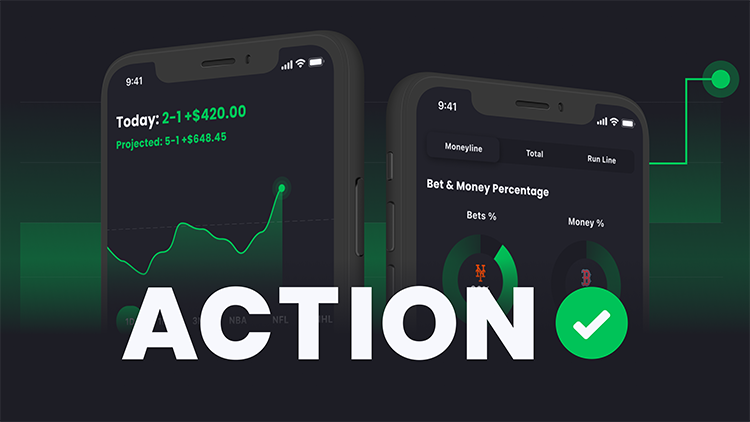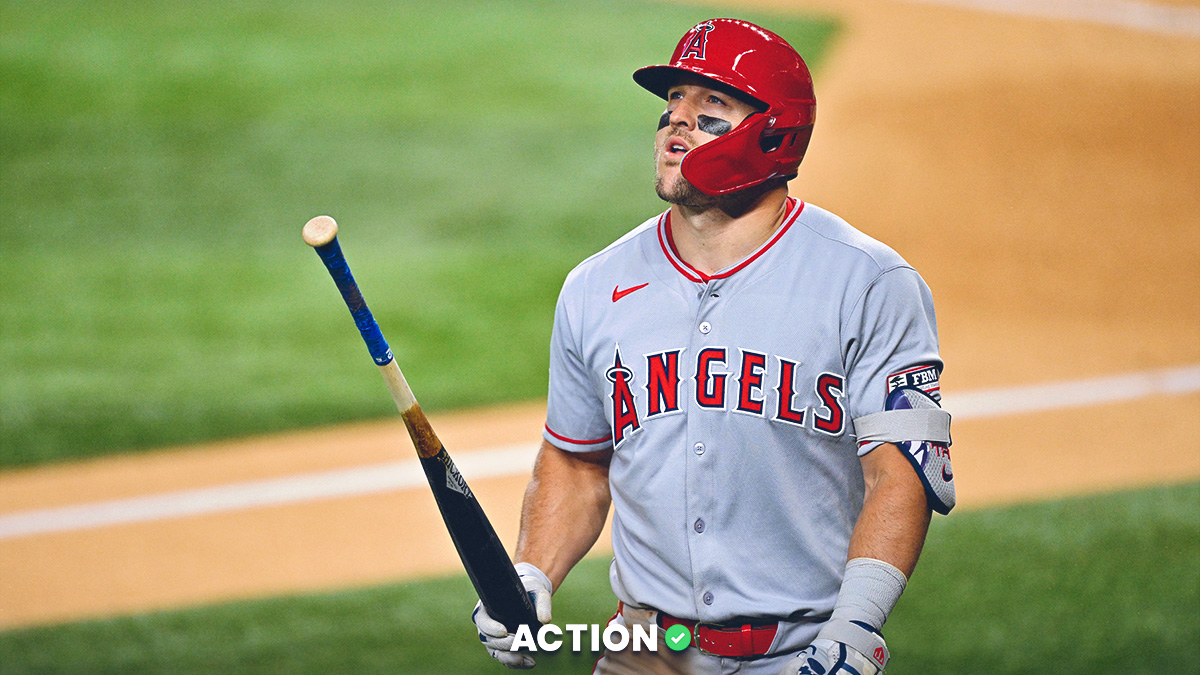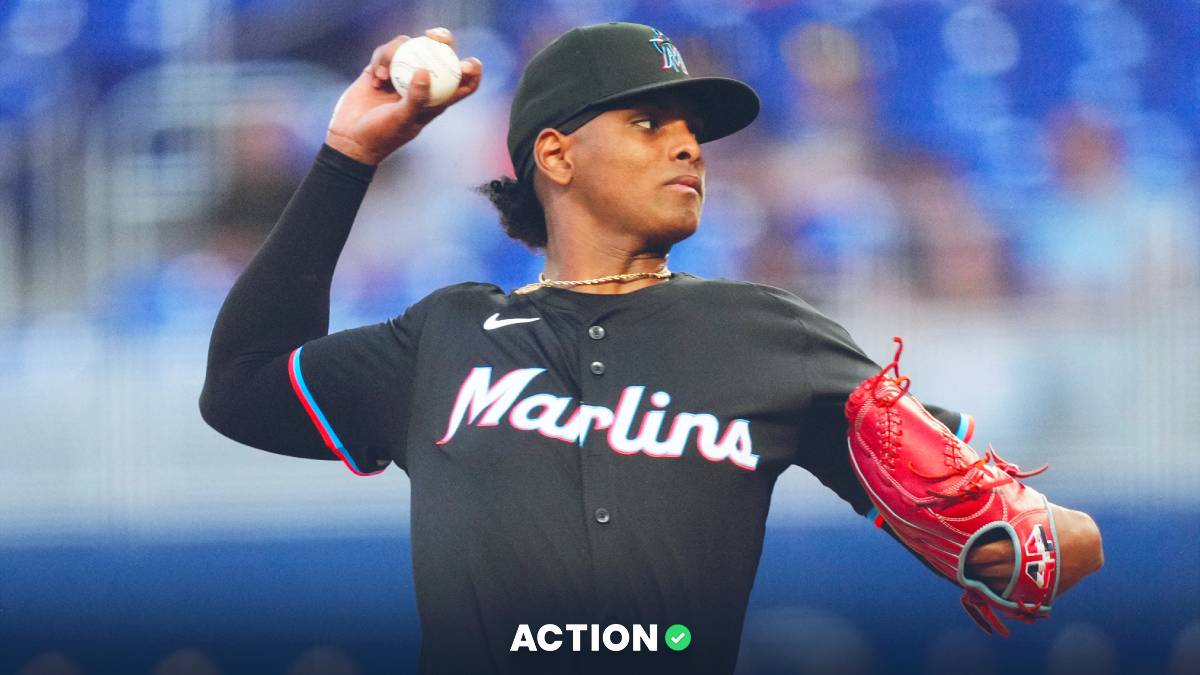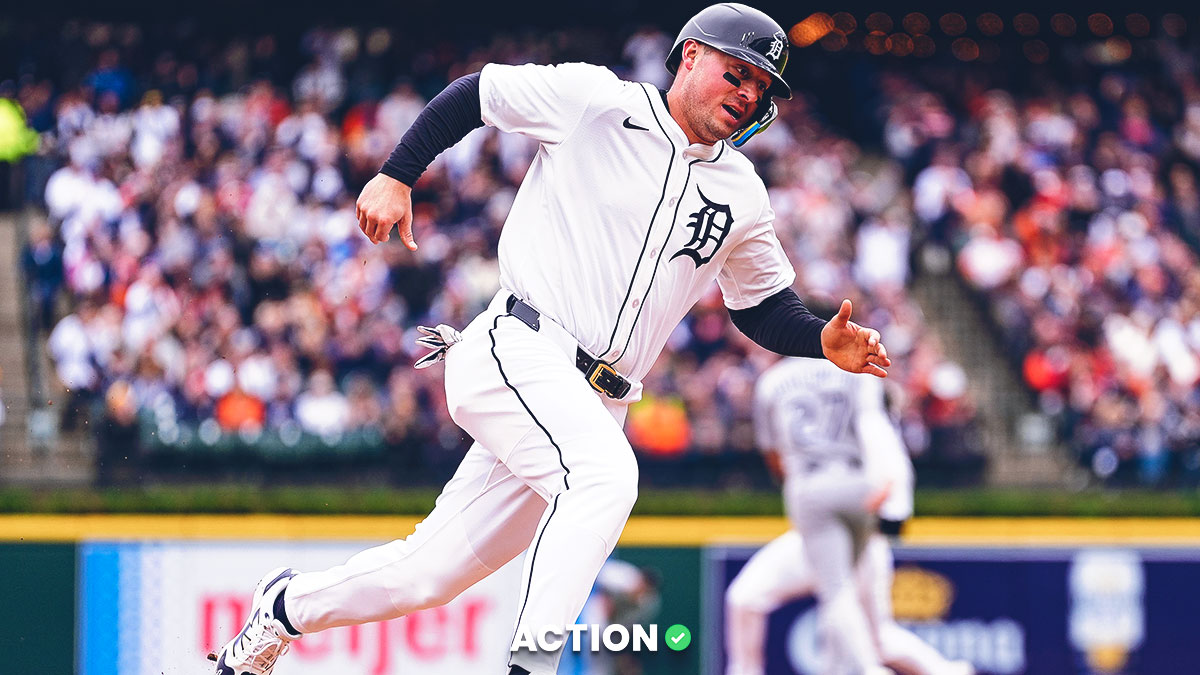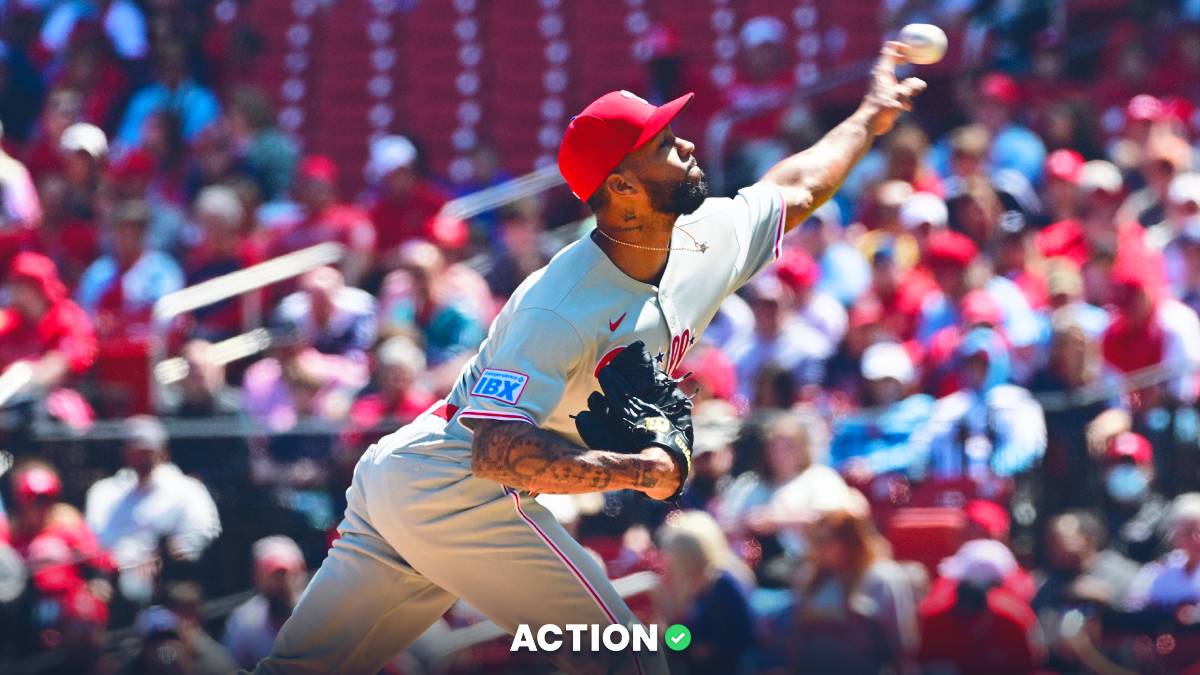Similar to ERA, FIP (Fielding Independent Pitching) measures a pitcher’s performance on the mound.
FIP Definition
FIP, however, only includes events that pitchers have control over, such as strikeouts, walks, home runs, and hit-by-pitches. As the name suggests, fielding essentially doesn’t matter because pitchers have no control over what happens once a ball is hit into play.
Instead, FIP measures what a pitcher’s ERA would look like if he experienced league-average defense and luck.
If a pitcher were to have a high average of balls put in play, his FIP would likely be lower than his ERA.
What About xFIP?
In addition to FIP, there’s a similar statistic called xFIP, which stands for Expected Fielding Independent Pitching.
Like FIP, xFIP serves as a better indicator of a pitcher’s ability moving forward than ERA, but the two stats differ in the way they take home runs into account.
While FIP uses the straight number of home runs allowed in its equation, xFIP uses home run rate, which is calculated by that season’s Home Run to Fly Ball (HR/FB) rate.
When a pitcher’s HR/FB rate is above league average, his xFIP would be lower than his FIP. Despite the difference, both are designed to more accurately measure a pitcher’s performance than traditional stats such as ERA.
FIP and xFIP in Betting
From a betting perspective, FIP and xFIP can be incredibly useful when attempting to isolate a pitcher’s underlying performance to find value game-to-game.
Because it doesn’t take fielding or luck into account, it lends itself to exploiting specific mismatches on the mound.
Our Sean Zerillo uses wOBA in his model and projections for betting MLB games, which you can read about here.



